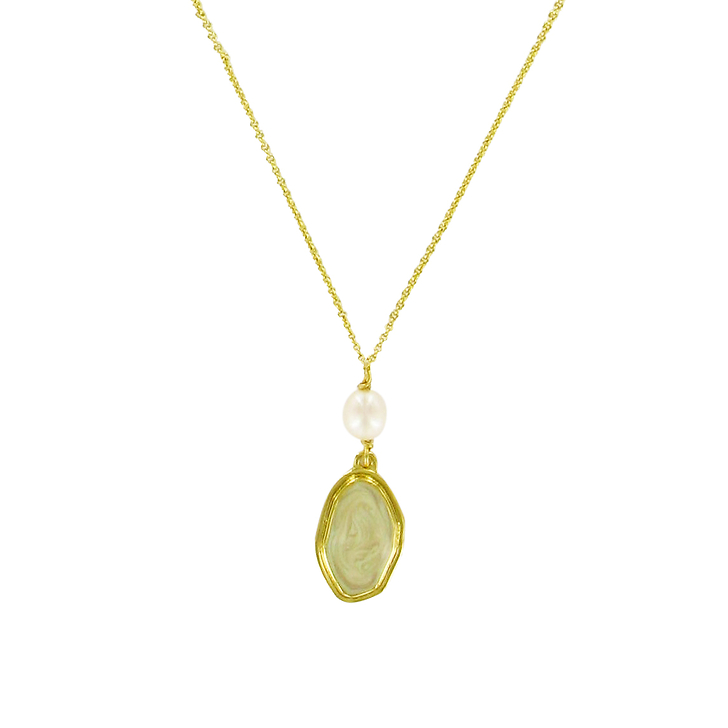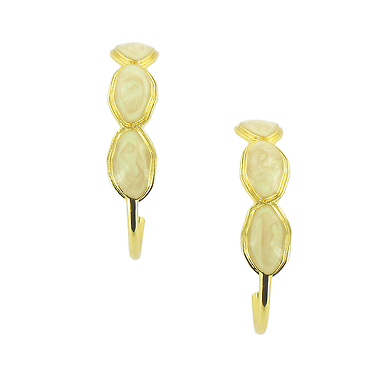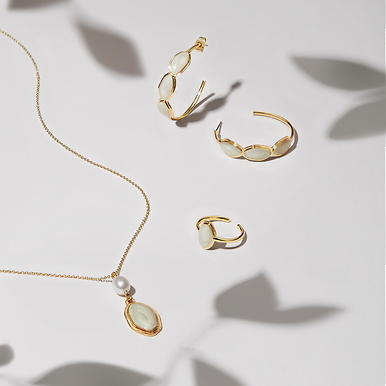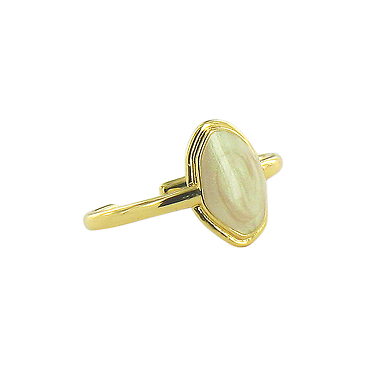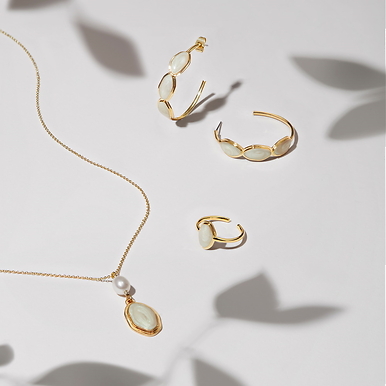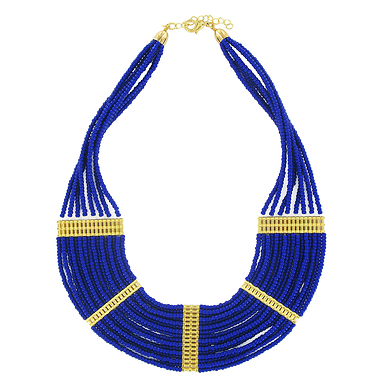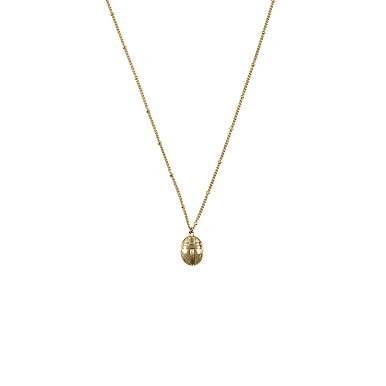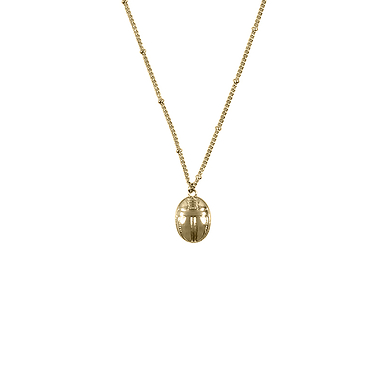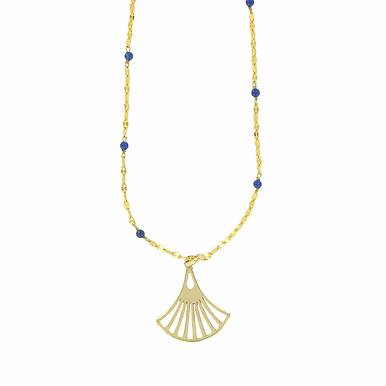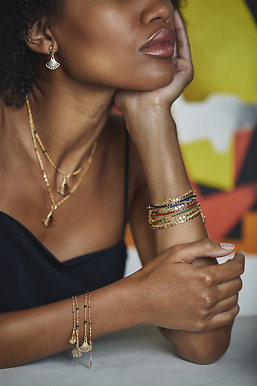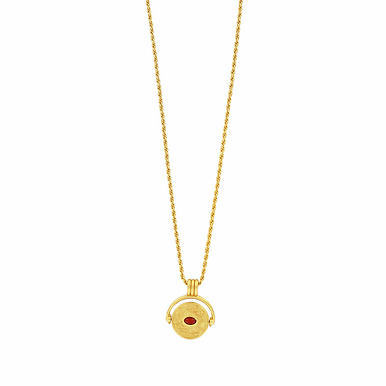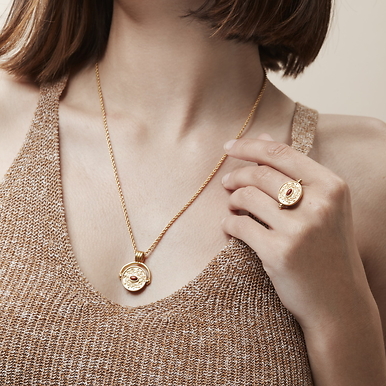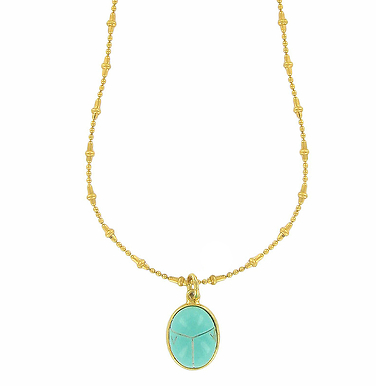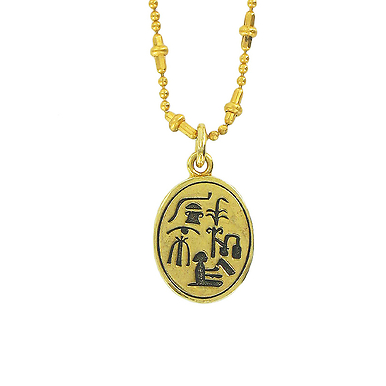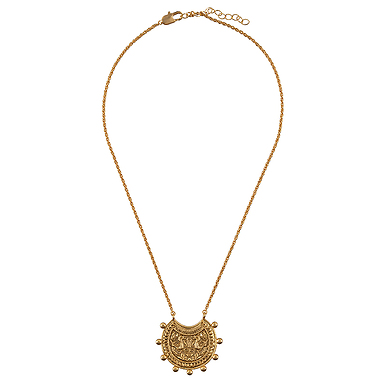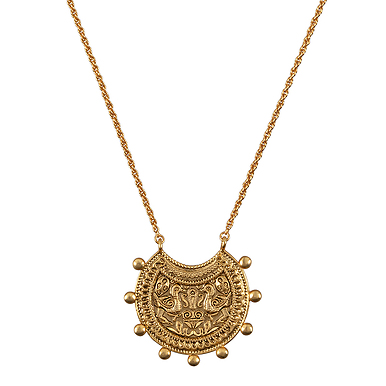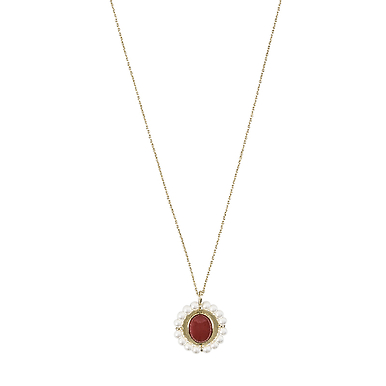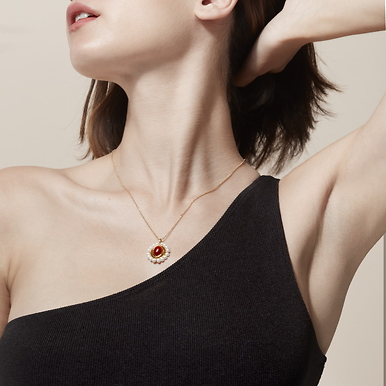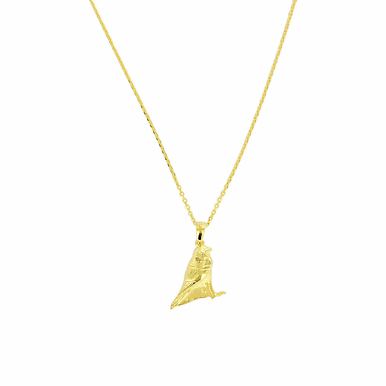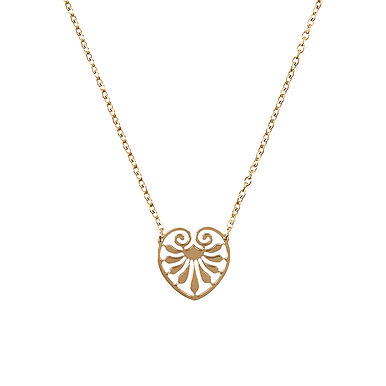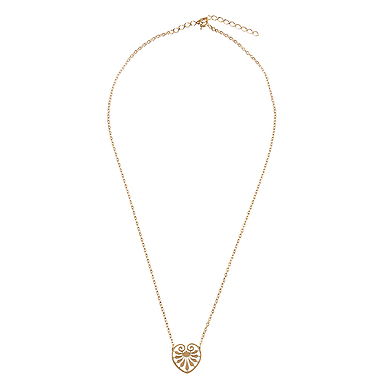Necklace Pega
BZ400170
Jewel inspired by a detail of ornament visible on the funerary portrait of a young woman, among the so-called "Fayum" portraits.
The defeat of Actium in 31 BC marked the passage of Egypt from Ptolemaic to Roman rule. The conquerors quickly adopted local funerary customs and also made a new addition...
Read more
Jewel inspired by a detail of ornament visible on the funerary portrait of a young woman, among the so-called "Fayum" portraits.
The defeat of Actium in 31 BC marked the passage of Egypt from Ptolemaic to Roman rule. The conquerors quickly adopted local funerary customs and also made a new addition: mummy portraits. Those discovered in the Fayum region bear witness to this astonishing blend of Egyptian, Roman and (still significant) Hellenistic funerary practices.
Painted primarily on wood panel or linen canvas with wax or distemper, these portraits allow the deceased to be identified, revealing their gender, age and social status. The jewellery can help to date the work; some pieces are influenced by contemporary trends while others are timeless. This woman wears earrings made of three white pearls on a ring of gold thread continuing down behind the earlobe and a gold braid choker.
Material
Gold-plated brass, resin
Keep the jewel away from dust and moisture.
Avoid contact with perfume, chemicals and cosmetics; avoid getting the jewel wet.
Close
Sold by GrandPalaisRmn

